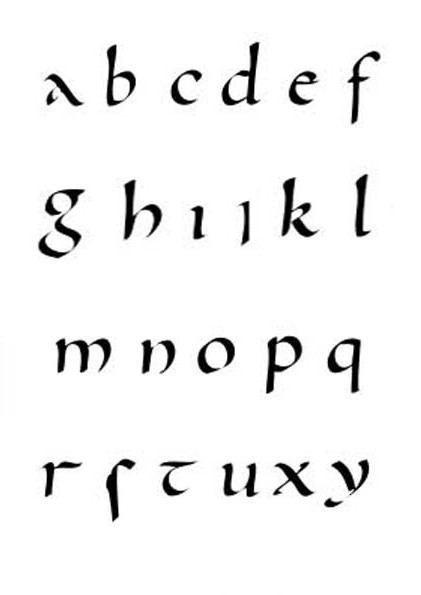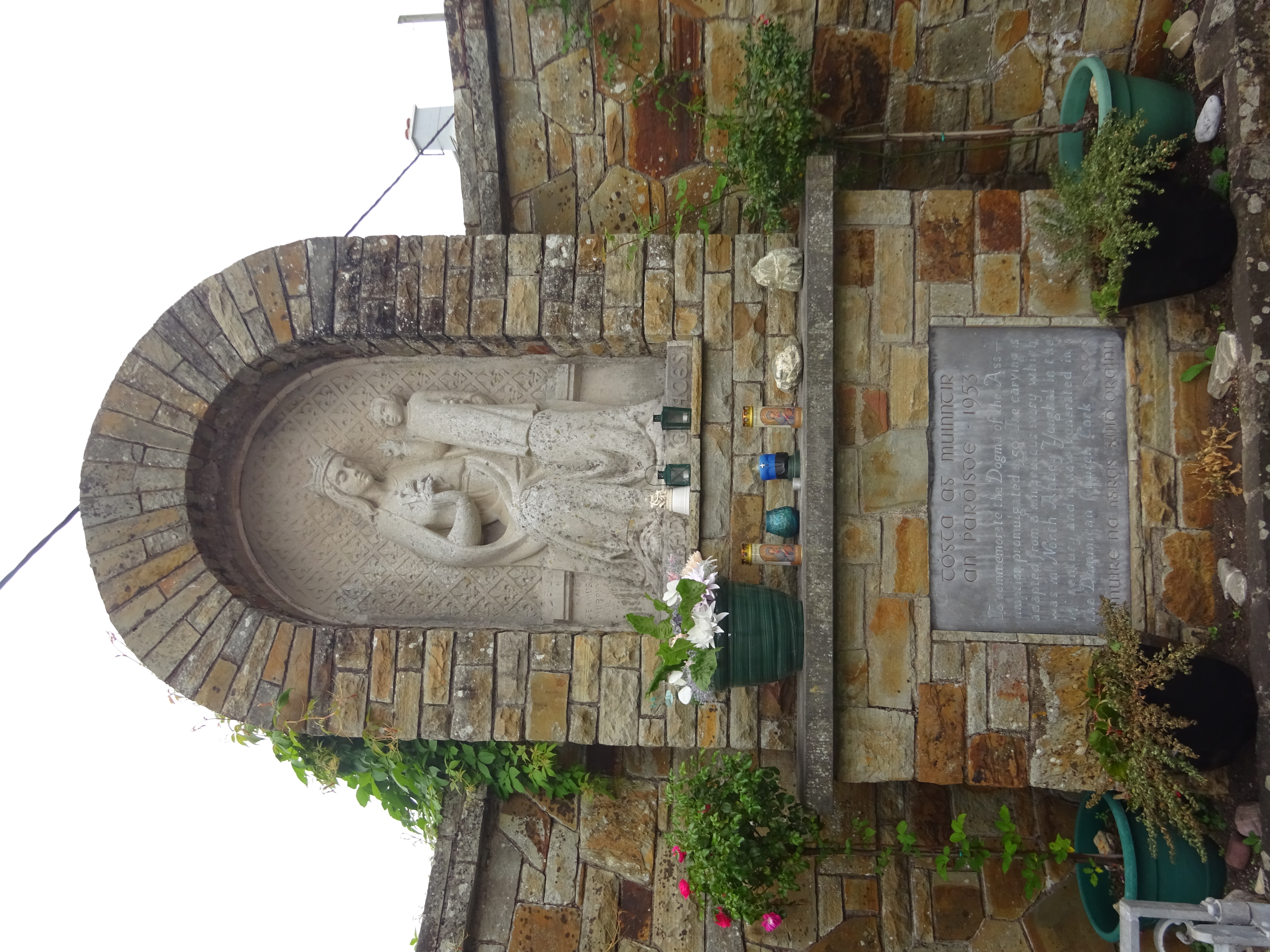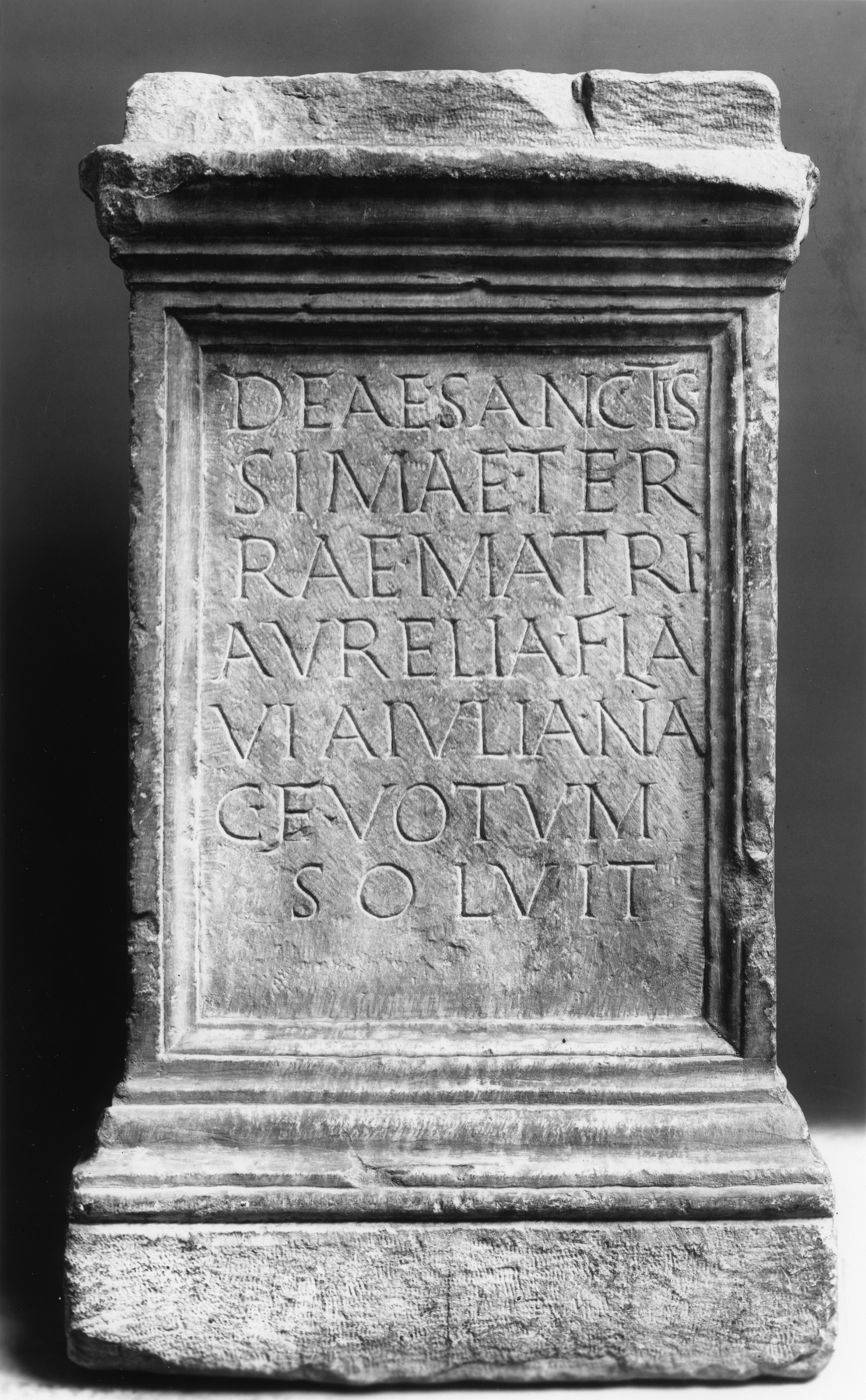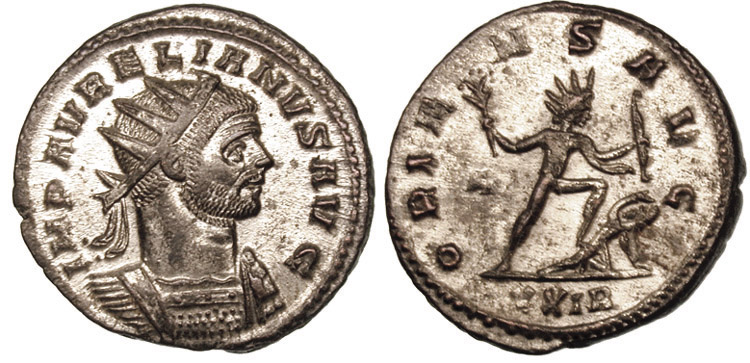|
Evangelium Longum
The Evangelium longum is an illuminated manuscript Latin evangeliary that was made around 894 at the Abbey of Saint Gall in Switzerland. It consists of texts drawn from the Gospels for the use of the preacher during Mass. The scribe was the monk Sintram. The treasure binding, a cover with carved ivory plaques and metal fittings, was made by the monk Tuotilo. The book measures 398 x 235 mm. Today, the original evangeliary is located in the abbey library of Saint Gall and can be found in the Codex Sangallensis under Cod. 53. It belongs to the permanent exhibition of the abbey library. It is available online as part of the “e-codices”-project of the University of Fribourg. History The Evangelium longum is arguably the best documented book of the Middle Ages. Not only are the patron and the artists that were involved in its creation known by name, but also the year of production of the manuscript can be exactly determined. During a dendrochronological investigation, the ... [...More Info...] [...Related Items...] OR: [Wikipedia] [Google] [Baidu] |
Mandorla
A mandorla is an almond-shaped aureola, i.e. a frame that surrounds the totality of an iconographic figure. It is usually synonymous with '' vesica'', a lens shape. Mandorlas often surround the figures of Jesus Christ and the Virgin Mary in traditional Christian iconography. It is distinguished from a halo in that it encircles the entire body and not just the head. It is commonly used to frame the figure of Christ in Majesty in early medieval and Romanesque art, as well as Byzantine art of the same periods. It is the shape generally used for mediaeval ecclesiastical seals, secular seals generally being round. Depictions ''Mandorla'' is Italian for the almond nut, to which shape it refers. It may be elliptical or depicted as a vesica, a lens shape as the intersection of two circles. Rhombic mandorlas are also sometimes depicted. In icons of the Eastern Orthodox Church, the mandorla is used to depict sacred moments that transcend time and space, such as the Resurrection and th ... [...More Info...] [...Related Items...] OR: [Wikipedia] [Google] [Baidu] |
Ivory Works Of Art
Ivory is a hard, white material from the tusks (traditionally from elephants) and teeth of animals, that consists mainly of dentine, one of the physical structures of teeth and tusks. The chemical structure of the teeth and tusks of mammals is the same, regardless of the species of origin, but ivory contains structures of mineralised collagen. The trade in certain teeth and tusks other than elephant is well established and widespread; therefore, "ivory" can correctly be used to describe any mammalian teeth or tusks of commercial interest which are large enough to be carved or scrimshawed. Besides natural ivory, ivory can also be produced synthetically, hence (unlike natural ivory) not requiring the retrieval of the material from animals. Tagua nuts can also be carved like ivory. The trade of finished goods of ivory products has its origins in the Indus Valley. Ivory is a main product that is seen in abundance and was used for trading in Harappan civilization. Finished ivory ... [...More Info...] [...Related Items...] OR: [Wikipedia] [Google] [Baidu] |
Christian Illuminated Manuscripts
Christians () are people who follow or adhere to Christianity, a monotheistic Abrahamic religion based on the life and teachings of Jesus Christ. The words ''Christ'' and ''Christian'' derive from the Koine Greek title ''Christós'' (Χριστός), a translation of the Biblical Hebrew term '' mashiach'' (מָשִׁיחַ) (usually rendered as ''messiah'' in English). While there are diverse interpretations of Christianity which sometimes conflict, they are united in believing that Jesus has a unique significance. The term ''Christian'' used as an adjective is descriptive of anything associated with Christianity or Christian churches, or in a proverbial sense "all that is noble, and good, and Christ-like." It does not have a meaning of 'of Christ' or 'related or pertaining to Christ'. According to a 2011 Pew Research Center survey, there were 2.2 billion Christians around the world in 2010, up from about 600 million in 1910. Today, about 37% of all Christians live in the Ame ... [...More Info...] [...Related Items...] OR: [Wikipedia] [Google] [Baidu] |
Carolingian Minuscule
Carolingian minuscule or Caroline minuscule is a script which developed as a calligraphic standard in the medieval European period so that the Latin alphabet of Jerome's Vulgate Bible could be easily recognized by the literate class from one region to another. It is thought to have originated before AD 778 at the scriptorium of the Benedictine monks of Corbie Abbey, about north of Paris, and then developed by Alcuin of York for wide use in the Carolingian Renaissance. Alcuin himself still wrote in a script which was a precursor the Carolingian minuscule, which slowly developed over three centuries. He was most likely responsible for copying and preserving the manuscripts and upkeep of the script. It was used in the Holy Roman Empire between approximately 800 and 1200. Codices, pagan and Christian texts, and educational material were written in Carolingian minuscule. After blackletter developed out of it, the Carolingian minuscule became obsolete, until the 14th centu ... [...More Info...] [...Related Items...] OR: [Wikipedia] [Google] [Baidu] |
Saint Gall
Gall ( la, Gallus; 550 646) according to hagiographic tradition was a disciple and one of the traditional twelve companions of Columbanus on his mission from Ireland to the continent. Deicolus was the elder brother of Gall. Biography The fragmentary oldest ''Life'' was recast in the 9th century by two monks of Reichenau, enlarged in 816–824 by Wettinus, and about 833–884 by Walafrid Strabo, who also revised a book of the miracles of the saint. Other works ascribed to Walafrid tell of Saint Gall in prose and verse. Gall's origin is a matter of dispute. According to his 9th-century biographers in Reichenau, he was from Ireland and entered Europe as a companion of Columbanus Columbanus ( ga, Columbán; 543 – 21 November 615) was an Irish missionary notable for founding a number of monasteries after 590 in the Frankish and Lombard kingdoms, most notably Luxeuil Abbey in present-day France and Bobbio Abbey in pr .... The Irish origin of the historical Gallus was ... [...More Info...] [...Related Items...] OR: [Wikipedia] [Google] [Baidu] |
Assumption Of Mary
The Assumption of Mary is one of the four Marian dogmas of the Catholic Church. Pope Pius XII defined it in 1950 in his apostolic constitution '' Munificentissimus Deus'' as follows: We proclaim and define it to be a dogma revealed by God that the immaculate Mother of God, Mary ever virgin, when the course of her earthly life was finished, was taken up body and soul into the glory of heaven. The declaration was built upon the 1854 dogma of the Immaculate Conception of Mary, which declared that Mary was conceived free from original sin, and both have their foundation in the concept of Mary as the Mother of God. It leaves open the question of whether Mary died or whether she was raised to eternal life without bodily death. The equivalent belief (but not held as dogma) in the Eastern Orthodox Church is the Dormition of the Mother of God or the "Falling Asleep of the Mother of God". The word 'assumption' derives from the Latin word ''assūmptiō'' meaning "taking u ... [...More Info...] [...Related Items...] OR: [Wikipedia] [Google] [Baidu] |
Terra (mythology)
In ancient Roman religion and mythology, Tellus Mater or Terra Mater ("Mother Earth") is the personification of the Earth. Although Tellus and Terra are hardly distinguishable during the Imperial era, ''Tellus'' was the name of the original earth goddess in the religious practices of the Republic or earlier. The scholar Varro (1st century BC) lists Tellus as one of the ''di selecti'', the twenty principal gods of Rome, and one of the twelve agricultural deities. She is regularly associated with Ceres in rituals pertaining to the earth and agricultural fertility. The attributes of Tellus were the cornucopia, bunches of flowers, or fruit. She was typically depicted reclining, or rising, waist high, from a hole in the ground. Her male complement was a sky god such as Caelus (Uranus) or a form of Jupiter. Her Greek counterpart is Gaia, and among the Etruscans her name was Cel. Michael Lipka has argued that the ''Terra Mater'' who appears during the reign of Augustus ... [...More Info...] [...Related Items...] OR: [Wikipedia] [Google] [Baidu] |
Oceanus
In Greek mythology, Oceanus (; grc-gre, , Ancient Greek pronunciation: , also Ὠγενός , Ὤγενος , or Ὠγήν ) was a Titans (mythology), Titan son of Uranus (mythology), Uranus and Gaia, the husband of his sister the Titan Tethys (mythology), Tethys, and the father of the Potamoi, river gods and the Oceanids, as well as being the great river which encircled the entire world. Etymology According to Martin Litchfield West, M. L. West, the etymology of Oceanus is "obscure" and "cannot be explained from Greek". The use by Pherecydes of Syros of the form "Ogenos" (''Ὠγενός'') for the name lends support for the name being a loanword. However, according to West, no "very convincing" foreign models have been found. A Semitic derivation has been suggested by several scholars, while Robert S. P. Beekes, R. S. P. Beekes has suggested a loanword from the Aegean Pre-Greek substrate, Pre-Greek non-Indo-European languages, Indo-European Stratum (linguistics), substrat ... [...More Info...] [...Related Items...] OR: [Wikipedia] [Google] [Baidu] |
Luna (goddess)
In ancient Roman religion and myth, Luna is the divine embodiment of the Moon (Latin ''Lūna'' ). She is often presented as the female complement of the Sun, Sol, conceived of as a god. Luna is also sometimes represented as an aspect of the Roman triple goddess (''diva triformis''), along with Proserpina and Hecate. ''Luna'' is not always a distinct goddess, but sometimes rather an epithet that specializes a goddess, since both Diana and Juno are identified as moon goddesses. In Roman art, Luna attributes are the crescent moon plus the two-yoke chariot (''biga''). In the ''Carmen Saeculare'', performed in 17 BC, Horace invokes her as the "two-horned queen of the stars" (''siderum regina bicornis''), bidding her to listen to the girls singing as Apollo listens to the boys. Varro categorized Luna and Sol among the visible gods, as distinguished from invisible gods such as Neptune, and deified mortals such as Hercules. She was one of the deities Macrobius proposed as the secret tu ... [...More Info...] [...Related Items...] OR: [Wikipedia] [Google] [Baidu] |
Sol (Roman Mythology)
Sol is the personification of the Sun and a god in ancient Roman religion. It was long thought that Rome actually had two different, consecutive sun gods: The first, Sol Indiges ( la, the deified sun), was thought to have been unimportant, disappearing altogether at an early period. Only in the late Roman Empire, scholars argued, did the solar cult re-appear with the arrival in Rome of the Syrian Sol Invictus ( la, the unconquered sun), perhaps under the influence of the Mithraic mysteries. Publications dating back to the mid 90s have challenged the notion of two different sun gods in Rome, pointing to the abundant evidence for the continuity of the cult of Sol, and the lack of any clear differentiation – either in name or depiction – between the "early" and "late" Roman sun god. Etymology The Latin ''sol'' for " Sun" is believed to originate in the Proto-Indo-European language, as a continuation of the heteroclitic ''*Seh2ul- / *Sh2-en-'', and thus cognate to other sola ... [...More Info...] [...Related Items...] OR: [Wikipedia] [Google] [Baidu] |










